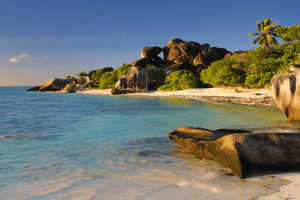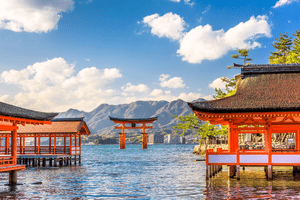Why Ganpatipule Beach Is Dangerous: Hidden Risks You Need to Know
Ganpatipule Beach, a stunning coastal destination in Maharashtra, India, is famous for its pristine beauty and spiritual significance. However, beneath its breathtaking scenery lie hidden dangers that many visitors overlook. From strong ocean currents to unpredictable tides, this beach can pose serious risks if precautions aren’t taken. In this article, we’ll uncover the potential dangers and how you can stay safe while enjoying this picturesque spot.

1. Strong and Unpredictable Ocean Currents
One of the primary dangers of Ganpatipule Beach is its strong undercurrents. Unlike some other beaches with gradual waves, the currents here can be deceptive and powerful, pulling unsuspecting swimmers into deeper waters. Many incidents have been reported where swimmers struggled to return to shore due to these strong tides.
How to Stay Safe:
-
Avoid swimming in unfamiliar or deep waters.
-
Pay attention to warning signs and lifeguard instructions.
-
If caught in a current, avoid panicking; swim parallel to the shore until you escape the pull.
2. Sudden High Tides and Rogue Waves
Ganpatipule Beach experiences sudden high tides, which can be dangerous for those venturing too close to the water. Rogue waves—unexpected, larger-than-normal waves—can also catch visitors off guard, increasing the risk of accidents.
Safety Tips:
-
Always check tide timings before visiting the beach.
-
Keep a safe distance from the shoreline, especially during high tide periods.
-
Supervise children at all times to prevent them from being swept away.
3. Lack of Lifeguards and Safety Infrastructure
Unlike commercialized beaches with designated swimming areas, Ganpatipule lacks sufficient lifeguard presence and safety infrastructure. This increases the risk of drowning or accidents, especially for those unfamiliar with the sea conditions.
What You Can Do:
-
Swim only if you are an experienced swimmer and aware of the risks.
-
Avoid visiting isolated areas of the beach alone.
-
Carry a flotation device if you plan to wade into the water.
4. Rocky and Slippery Terrain
Certain areas of Ganpatipule Beach have rocky surfaces that can be extremely slippery. The combination of wet rocks and strong waves creates a hazardous environment, increasing the risk of slips and injuries.
Precautions:
-
Wear water-resistant footwear with a good grip.
-
Avoid climbing on wet or moss-covered rocks.
-
Be cautious while exploring coastal areas, especially during monsoons.
5. Marine Life Threats
While rare, the waters around Ganpatipule are home to certain marine creatures that could pose a threat. Jellyfish stings and sharp coral formations can lead to painful injuries.
Safety Measures:
-
Refrain from touching unfamiliar sea creatures.
-
In case of a jellyfish sting, rinse the affected area with seawater and seek medical help if necessary.
-
Wear protective footwear to avoid cuts from sharp coral or shells.
6. Extreme Weather Conditions
Ganpatipule experiences harsh weather conditions during the monsoon season, making it even more dangerous for beachgoers. Heavy rainfall, strong winds, and high tides can make swimming or even walking near the shore extremely risky.
How to Be Prepared:
-
Avoid visiting during monsoon months (June-September).
-
Stay updated on weather forecasts before planning your trip.
-
Seek shelter immediately if the weather suddenly worsens.
Conclusion
Ganpatipule Beach is undeniably a breathtaking destination, but it requires caution and awareness to ensure a safe experience. By understanding the risks—such as strong currents, high tides, and rocky terrain—you can take the necessary precautions and enjoy its beauty responsibly. Always prioritize safety and respect nature’s unpredictable forces when visiting this scenic coastal paradise.
















